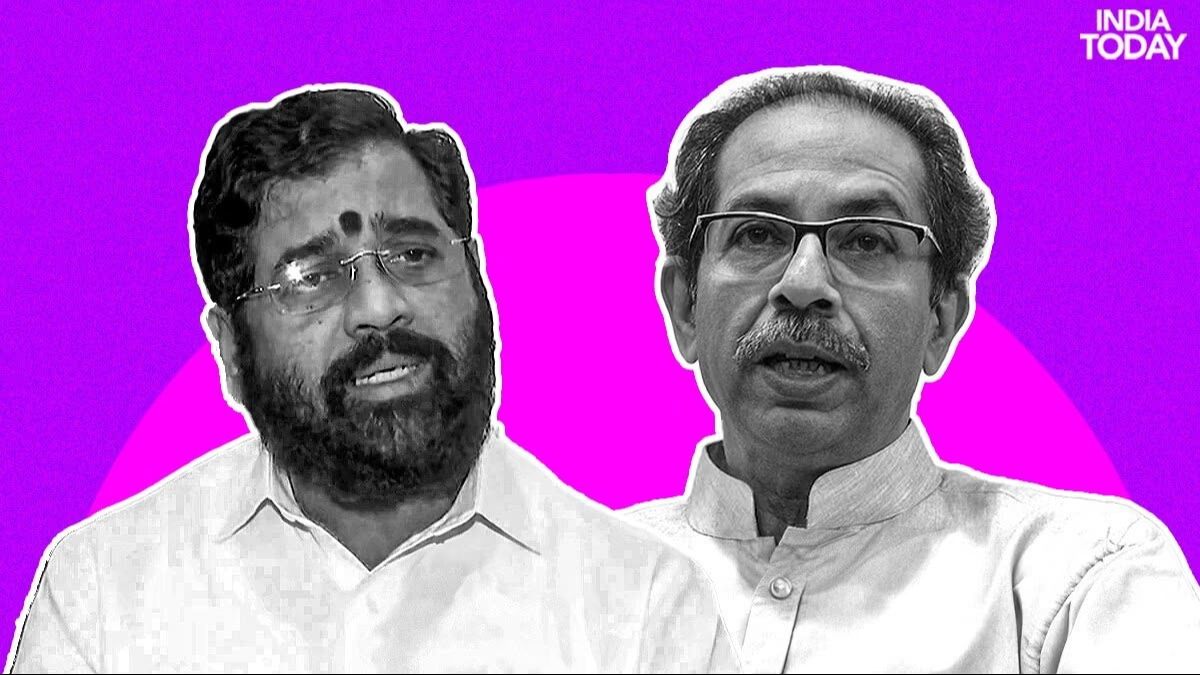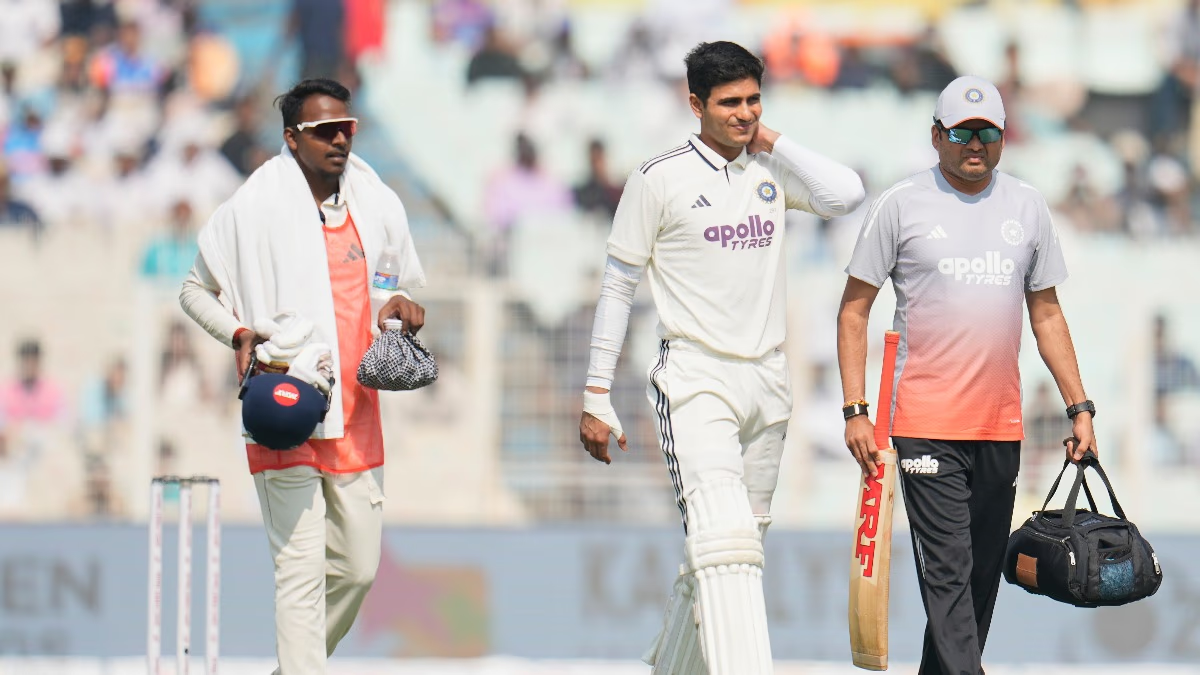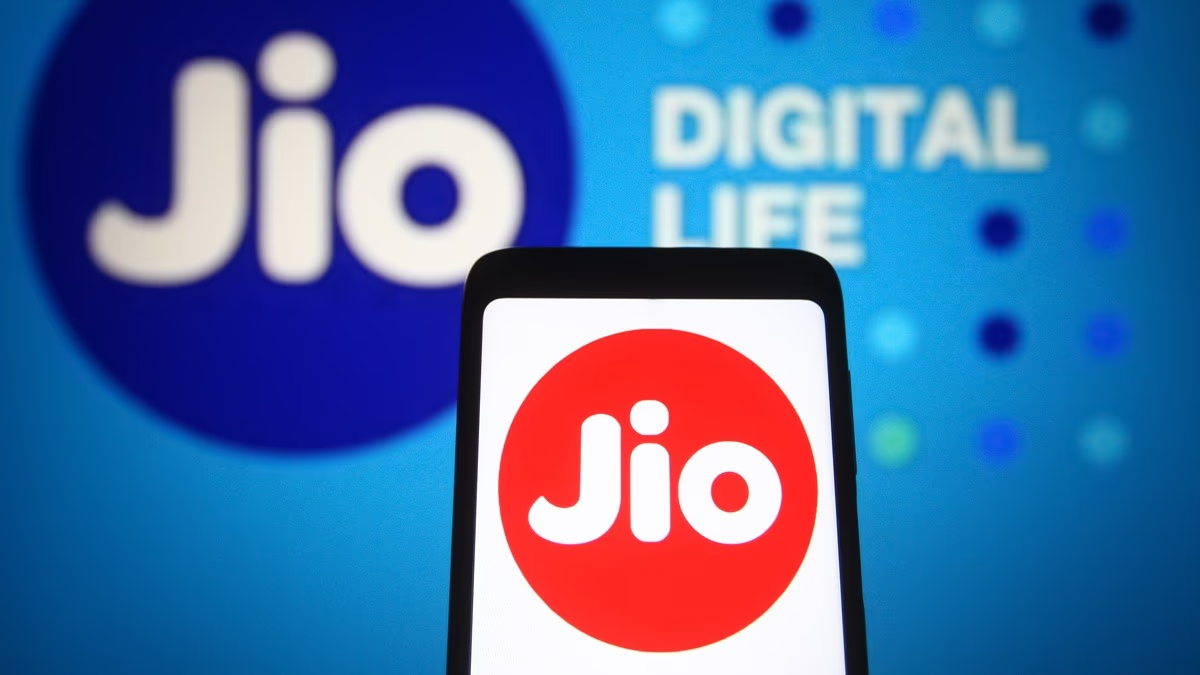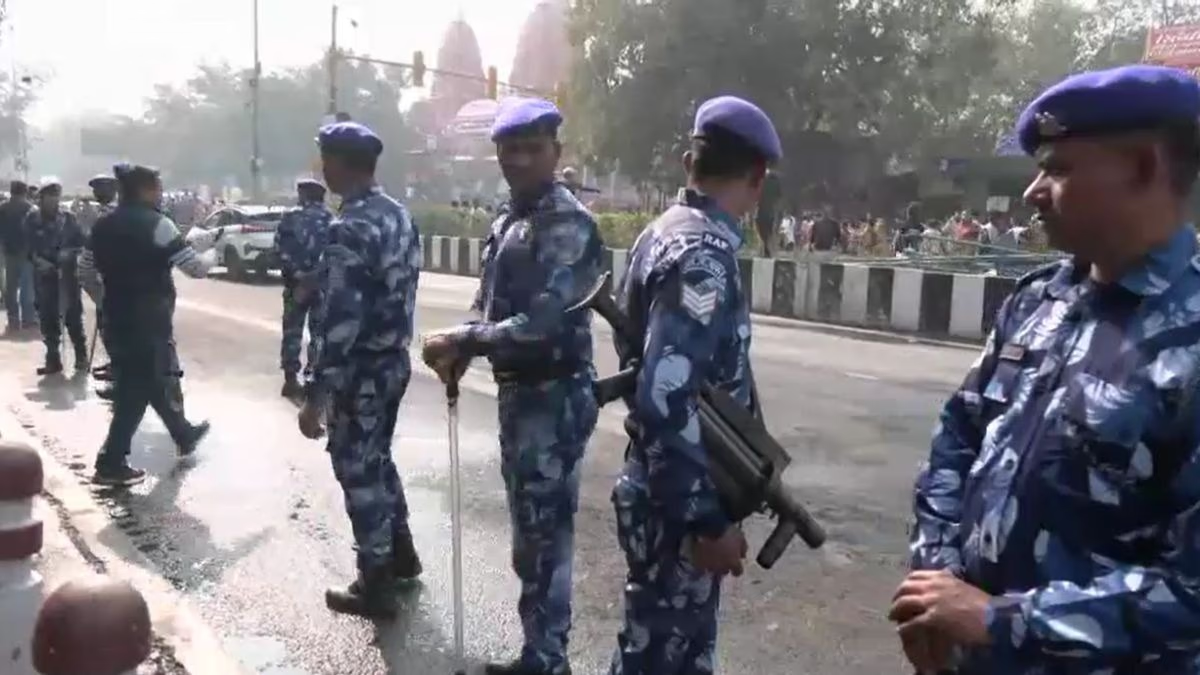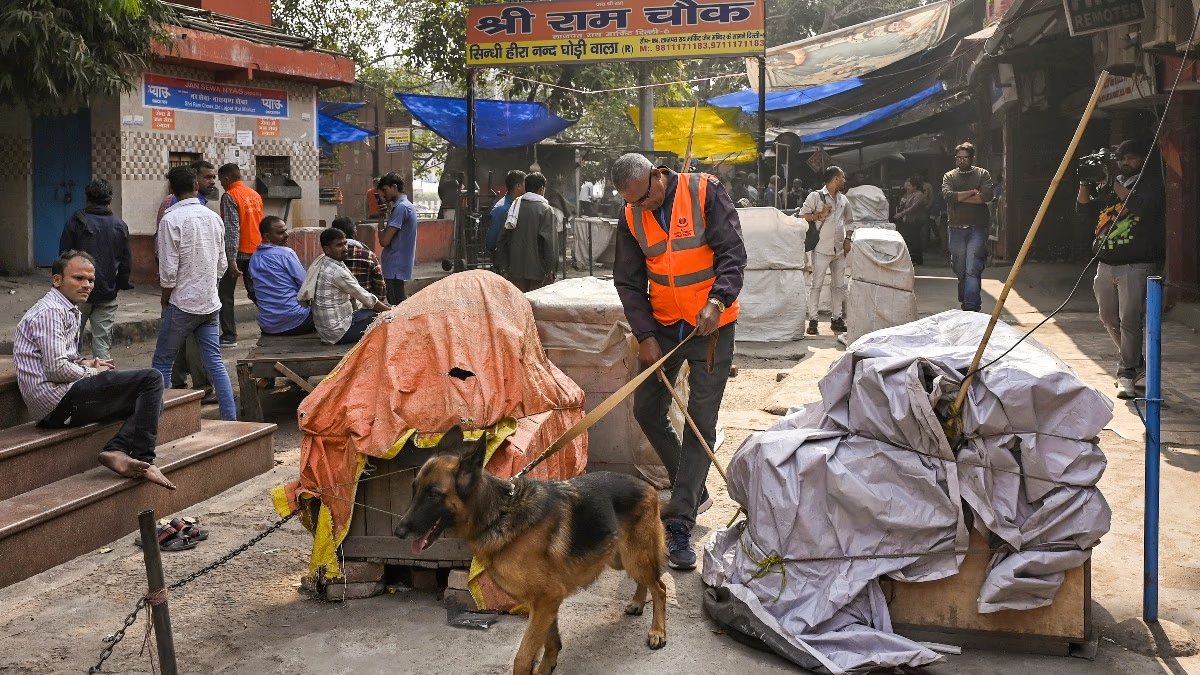As the final date for withdrawal of nominations for the Maharashtra elections has passed, the picture has become clearer. A total of 4,136 candidates are contesting for the 288 assembly seats in the state. The festival of Diwali is over, and political parties have ramped up their campaigns following the festive season.
The Bharatiya Janata Party (BJP), led by Eknath Shinde's Shiv Sena and Ajit Pawar's Nationalist Congress Party (NCP), forming the Mahayuti alliance, have announced several plans in an attempt to control the damage after losing ground in the Lok Sabha elections. Meanwhile, the opposition Mahavikas Aghadi (MVA) hopes voters will teach the BJP a lesson for breaking the Shiv Sena and NCP in a similar pattern to the Lok Sabha elections. What are the X-factors in this tug-of-war between hope and strategy?
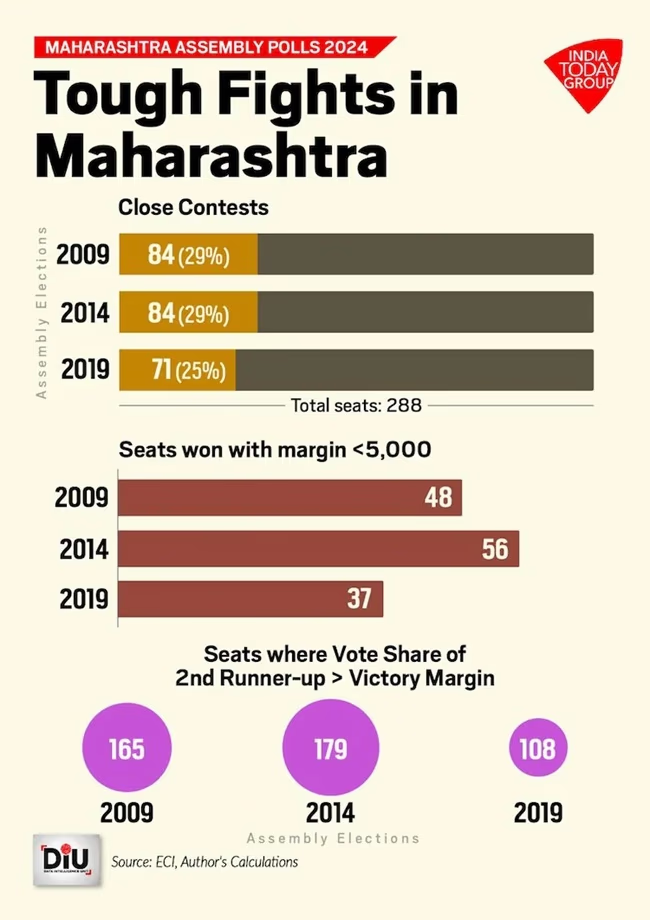
Source: aajtak
1- The Majhi Ladki Bahin Scheme
The Mahayuti government has initiated the Majhi Ladki Bahin scheme for women from families with an annual income of less than 250,000 rupees. From July, beneficiaries have been receiving 1,500 rupees per month. By October, the number of beneficiaries had reached 23.4 million, roughly half of the total number of female voters. Considering the assembly seats, this translates to about 80,000 beneficiaries per seat in the 288-seat state. The ruling Mahayuti hopes this will alleviate the discontent among rural and agriculture-related voters and bolster the voter base among women.
A similar scheme was implemented by the BJP government in Madhya Pradesh, contributing to their success in forming a government despite Congress being seen as the favorite. Recognizing the decisive role of female voters and the trends in Madhya Pradesh, Chhattisgarh, and Haryana, the Mahayuti government launched a scheme for women. It's also promised in the Mahayuti manifesto to increase the aid from 1,500 to 2,100 rupees under this plan. However, there is a segment of female voters questioning the culture of freebies. Inflation during the Mahayuti's tenure could go against the BJP and Mahayuti.
2- Urban Development vs Rural Distress
Maharashtra is politically divided into six zones, each with a distinct profile. Three zones—Vidarbha, Marathwada, and the northern region—are economically backward, while the other three—Mumbai, Thane-Konkan, and western Maharashtra—are comparatively prosperous. Per capita income in Mumbai, Thane-Konkan, and Western Maharashtra is two to three times higher than in the other three zones. Reflecting this division, their political influence is almost evenly split.
Maharashtra has been a center for farmer politics. Despite its image as a prosperous state, it tops the list for farmer suicides, accounting for 37.6% of such cases nationwide. This is despite Maharashtra contributing 13.3% to India's GDP in the fiscal year 2022-23. Vidarbha and Marathwada are hotspots for farmer suicides, grappling with disasters like drought. The rural issues partly fuel the Maratha community's demands for reservations.
Various factors contribute to the rural crisis in Maharashtra, including water shortages and the backlash from decisions like the ban on onion exports when international market prices were attractive. During the recent Lok Sabha elections, these were pivotal in Mahayuti trailing behind the MVA in these regions. In response, Mahayuti has promised to increase the Shetkari Samman Yojana payouts from 12,000 to 15,000 rupees annually and vowed to waive farmer debts to ease this discontent.
In the Lok Sabha elections, there was a neck-and-neck battle between the alliances in Mumbai and Western Maharashtra, while Mahayuti had a lead in Thane-Konkan. In these areas, urban issues are more pronounced, and development is a major focus. Hence, the Mahayuti government has inaugurated several infrastructure projects like the Atal Setu and has plans for ports, airports, and road projects in the pipeline.
3- Vote Transfers
In politics, two plus two does not always equal four. Coalitions often disrupt social equations, especially in Maharashtra elections, where both alliances include parties—Shiv Sena (UBT) and NCP (Ajit Pawar)—that may not naturally fit together. Uddhav Thackeray's party with Congress-NCP (Sharad Pawar) and Ajit Pawar's party with BJP-Shiv Sena (Shinde) are seen as unnatural alliances.
Based on the 2019 elections, the NCP MLAs from Ajit Pawar's faction reached the assembly by defeating BJP and Shiv Sena rivals, while Uddhav's MLAs triumphed over Congress-NCP candidates. Traditionally, NCP politics has always been opposed to BJP and Shiv Sena, while the unified Shiv Sena has always been against Congress and NCP. Therefore, vote transfers to traditional rivals are a major challenge, as seen in recent Lok Sabha elections where vote transfers will be critical X-factors in Maharashtra elections.
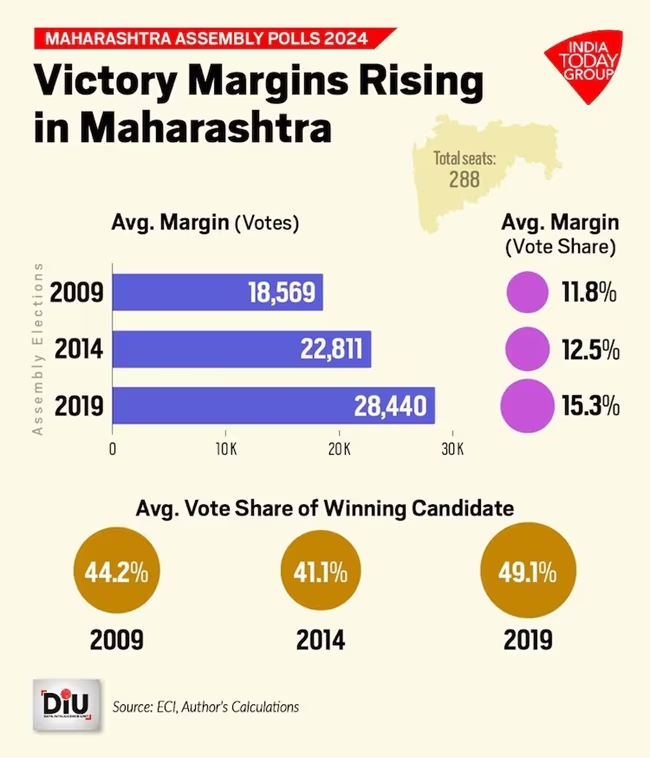
Source: aajtak
The merging of two parties implies an intention to transfer votes to each other. The effectiveness of this depends on how well the message is adopted by workers and supporters, impacting the results. The division within Shiv Sena and NCP has complicated the electoral arithmetic, with MVA's 79% vote transfer index currently leading over Mahayuti's 64%. It indicates MVA's internal vote transfers in the Lok Sabha elections.
During Lok Sabha elections, about 72% of Muslim voters considered Congress and NCP (Sharad Pawar) supporters voted for Uddhav Thackeray's candidates against BJP. Conversely, NCP's Muslim voters drifted away from Ajit Pawar's party due to its alliance with BJP. Uddhav's party received votes from 56% of Shiv Sena's traditional voters. Sharad Pawar's party secured 74% support from its traditional base in the first test of the legitimacy battle.
4- Maratha vs OBC
The Maratha reservation movement hampered Mahayuti's prospects in recent Lok Sabha elections, especially in the Marathwada region. When analyzed in terms of assembly seats, Mahayuti trailed MVA by a margin of 12-32. The Maratha vote bank's tilt away from Mahayuti stemmed from the reservation movement turning into a Maratha vs OBC issue. Ajit Pawar's party leader Chhagan Bhujbal criticized the demand for Kunbi certificates made by movement leader Manoj Jarange Patil, calling OBCs to unite against it.
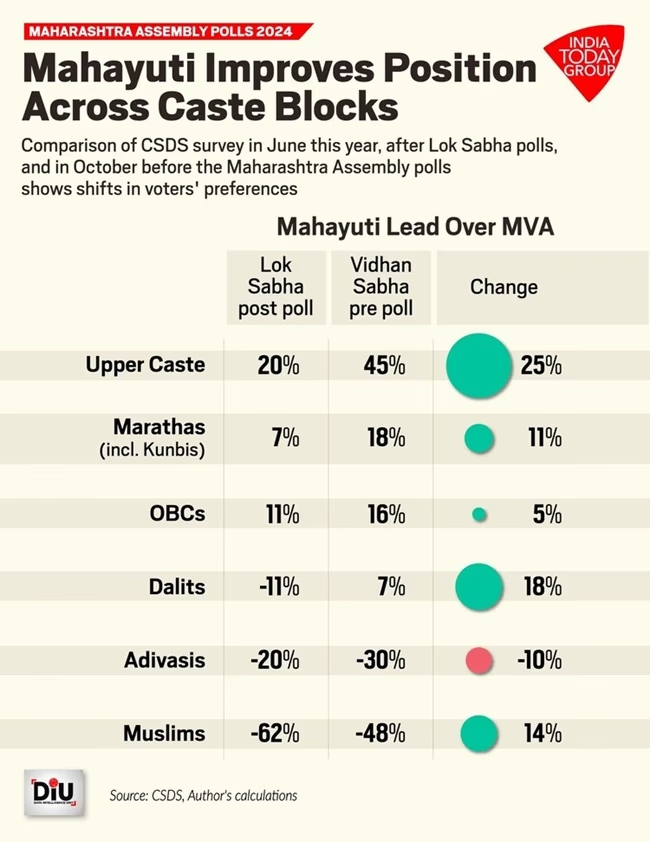
Source: aajtak
In 2024, 50% of OBC voters favored Mahayuti, 11% more than MVA. Polarization has intensified, widening Mahayuti's lead over MVA in OBC votes to 16%. After Manoj Jarange Patil withdrew his supporters' nominations, the perception strengthened that Maratha voters would vote against Mahayuti, directly benefiting the MVA. MVA leaders possibly persuaded Patil to retract to prevent a split in opposition votes.
5- Independents and Rebels
In Maharashtra, smaller parties, independents, and rebel candidates are also considered X-factors. Parties like Peasants and Workers Party of India, RSP, Samajwadi Party, RPI (Athawale), Jana Surajya Shakti, Bahujan Vikas Aghadi, Vanchit Bahujan Aghadi, and AIMIM have their spheres of influence. Over the last five elections, candidates from smaller parties have, on average, secured a 25% vote share, winning 30 seats.
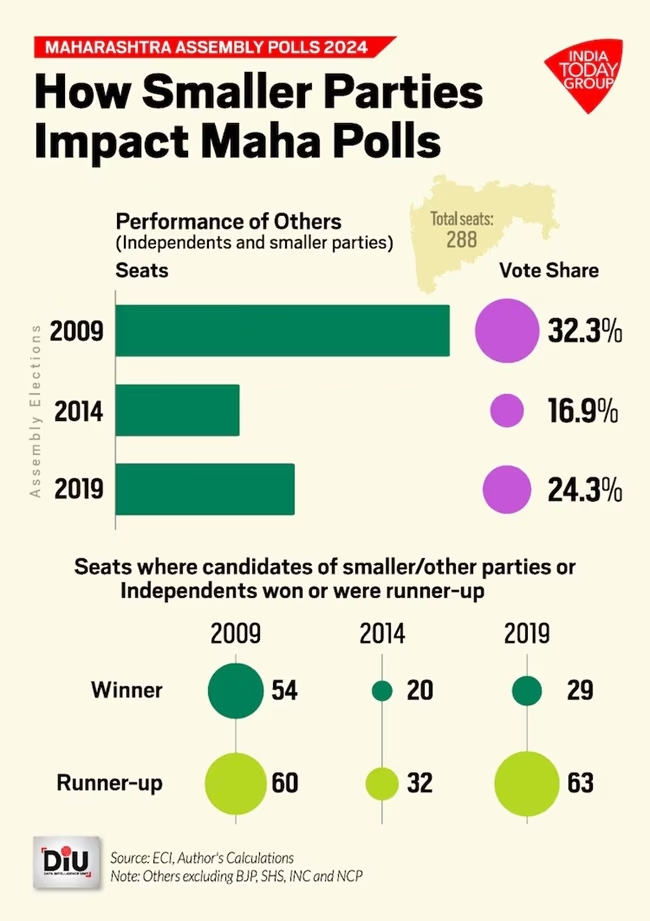
Source: aajtak
Analyzing recent Lok Sabha election results from an assembly seat perspective, the others gained a 13% vote share, leading in nine seats. The increased number of candidates per seat has caused headaches for major parties, rising from an average of 11.2 in 2019 to 14.4 this time. In the 2019 assembly elections, many seats witnessed multi-cornered contests, resulting in 71 seats being decided by a margin of less than 5%. This time, micro-management in closely contested seats could play a decisive role.
6- Marathi vs Gujarati
Maharashtra's elections also involve a significant role for migrant voters, comprising about 8% of the state's population. These include people from Uttar Pradesh, Karnataka, Gujarat, Madhya Pradesh, and Rajasthan. In Mumbai alone, migrants account for 43% of the population, with the Marathi population around 42%. Notably, the Gujarati community makes up about 19% of Mumbai's population.
Read More: From farmer debt waiver to Savarkar's song on Rahul's stage... Know the mathematics of Maharashtra's zonal politics
Uddhav Thackeray and Sharad Pawar are raising the issue of Marathi identity, accusing BJP of breaking Marathi parties and holding illegal power. The relocation of projects like Foxconn and Vedanta from Maharashtra to Gujarat has sharpened Marathi identity, presenting a Marathi vs Gujarati narrative. On the other hand, several businesses are dominated by Gujarati entrepreneurs. Post Narendra Modi becoming Prime Minister, Gujarati nationalism has also been promoted in Mumbai.
Read More: Ajit Pawar's outspoken opposition to 'Divide and Rule' - Is it part of Mahayuti's larger game plan?
This conflict is rooted in demands for separate states and the Samyukta Maharashtra Movement. However, it has minimal impact on rural areas. Gujrati and North Indian support generally aligns with BJP, while Marathi sentiment favors Shiv Sena and Congress. Various factors in Maharashtra could play as X-factors in the assembly elections.
